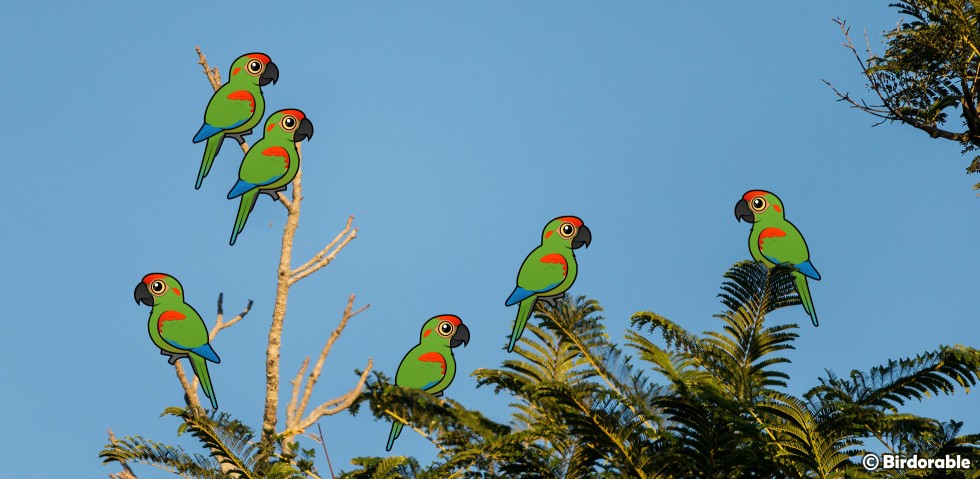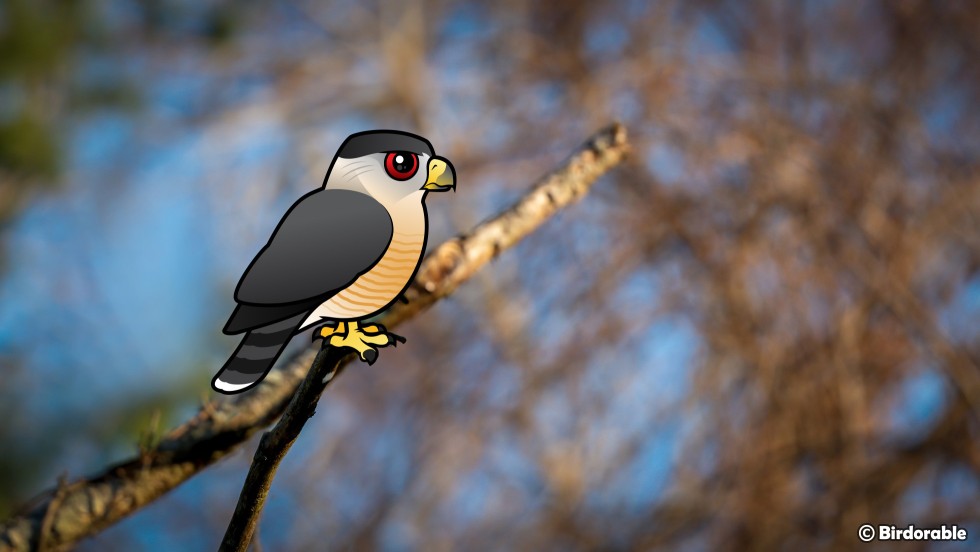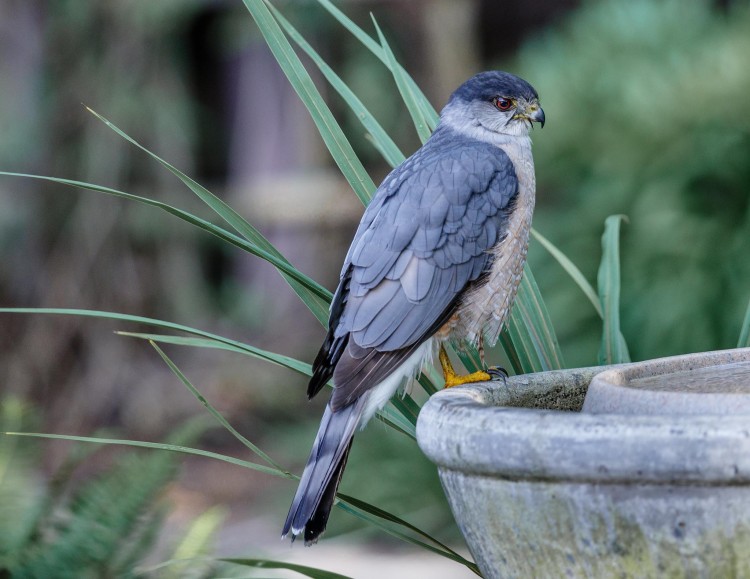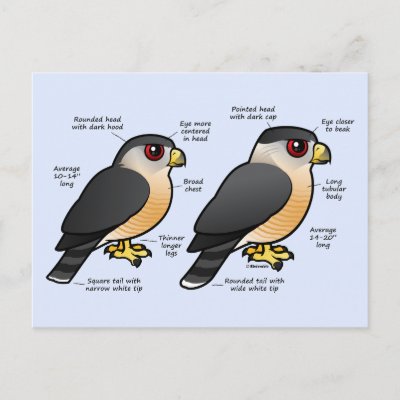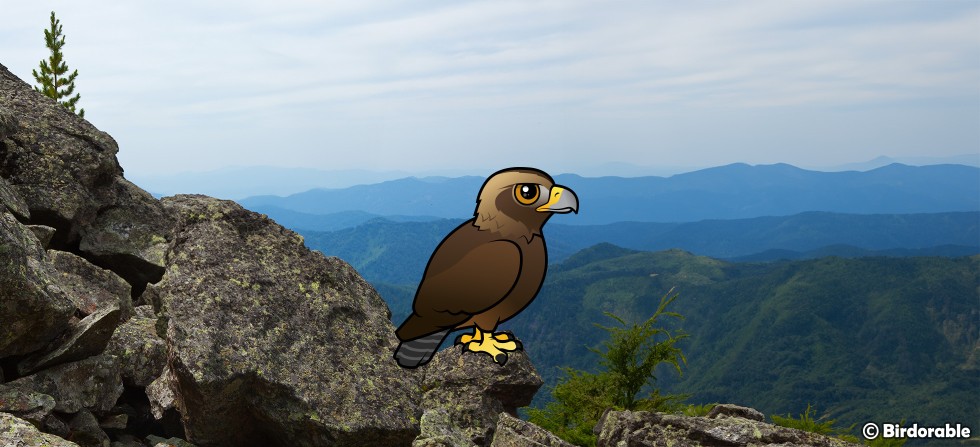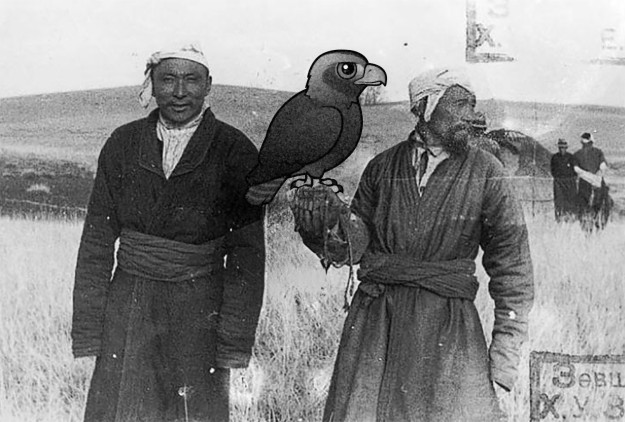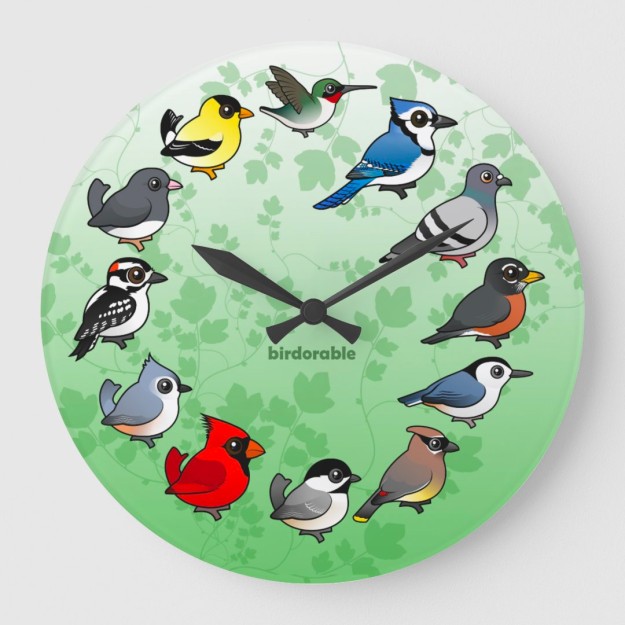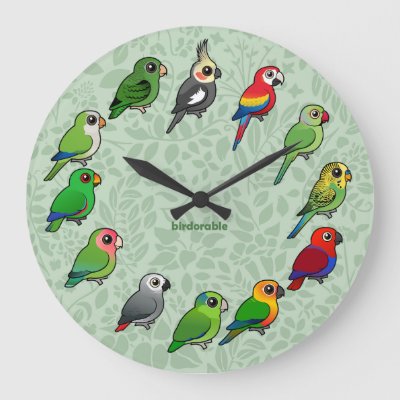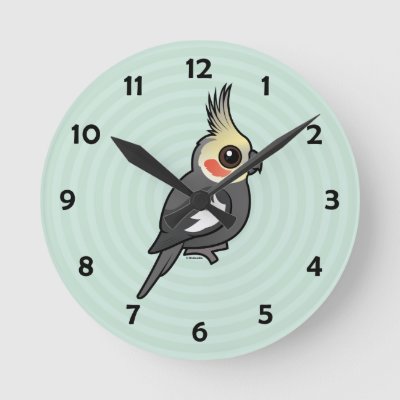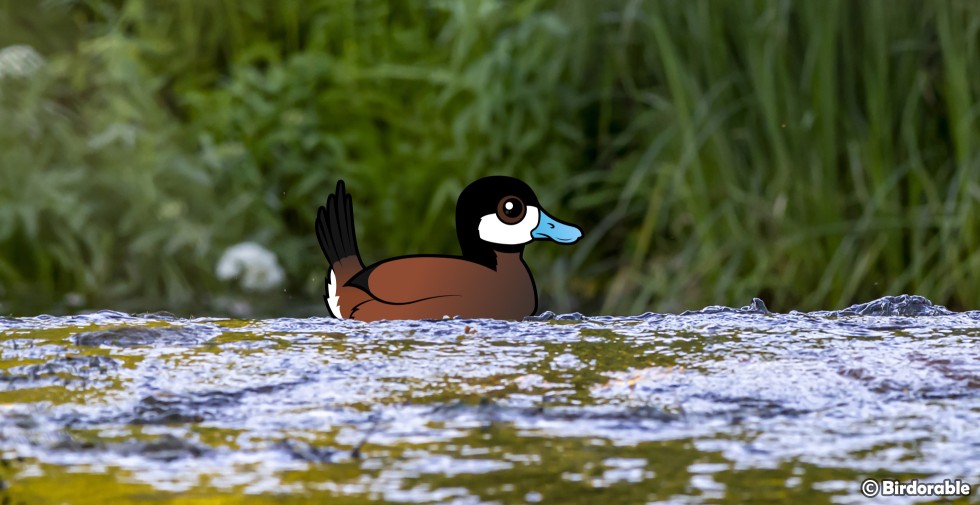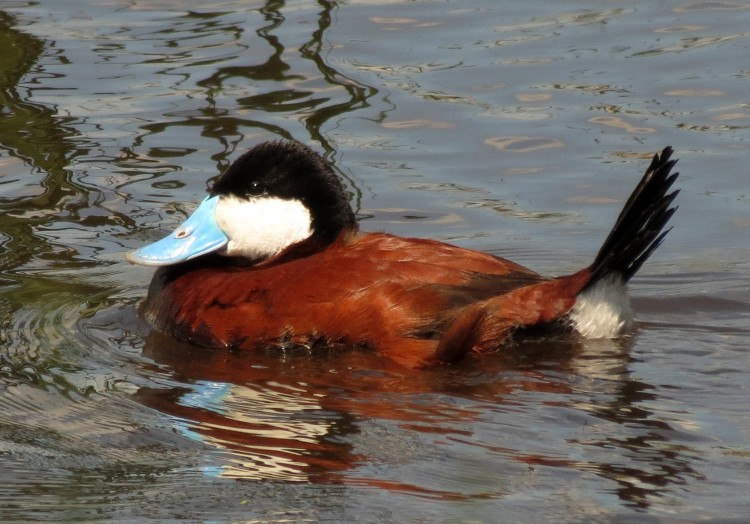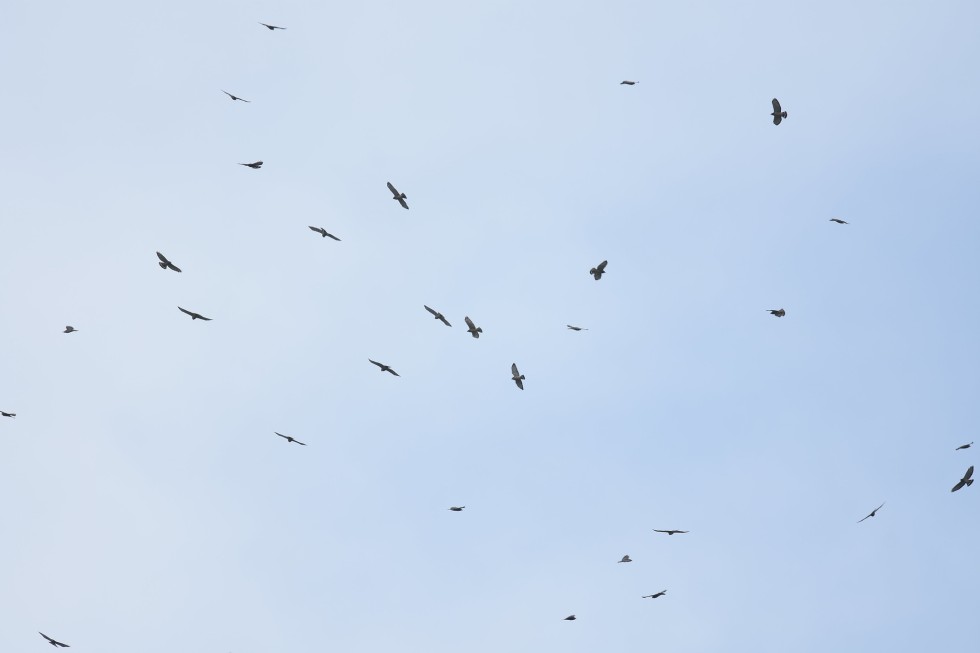
Broad-winged Hawks kettle by Andy Reago & Chrissy McClarren (CC BY 2.0 DEED)
The Broad-winged Hawk, a modest-sized bird of prey, offers one of nature's most spectacular aerial displays as it traverses the skies from the eastern parts of the United States and Canada to the warmer climes of Mexico and Southern Brazil. This remarkable journey spans over 4,000 miles, with these hawks covering an average of 70 miles each day. But it's not just the distance that makes their migration noteworthy; it's the way they travel, especially when they form into large groups known as 'kettles,' that captures the imagination.
During migration, Broad-winged Hawks utilize thermals, which are columns of warm air, to gain altitude without expending much energy in flapping their wings. By stretching out their wings and riding these natural elevators, they can glide for large distances, harnessing the power of the sun to propel their journey. This efficient mode of travel not only showcases the hawks' adaptation to their environment but also highlights the interconnectedness of all natural elements.
Imagine looking up to see thousands of hawks, circling tightly in a thermal updraft, their bodies silhouetted against the sky, moving as one. This vision is so striking that it evokes the image of something boiling in a cauldron, which is how the term 'kettle' came to be, according to nature photographer M. Timothy O'Keefe. The comparison to a bubbling cauldron perfectly captures the dynamic, swirling mass of birds as they ascend on the warm air currents.
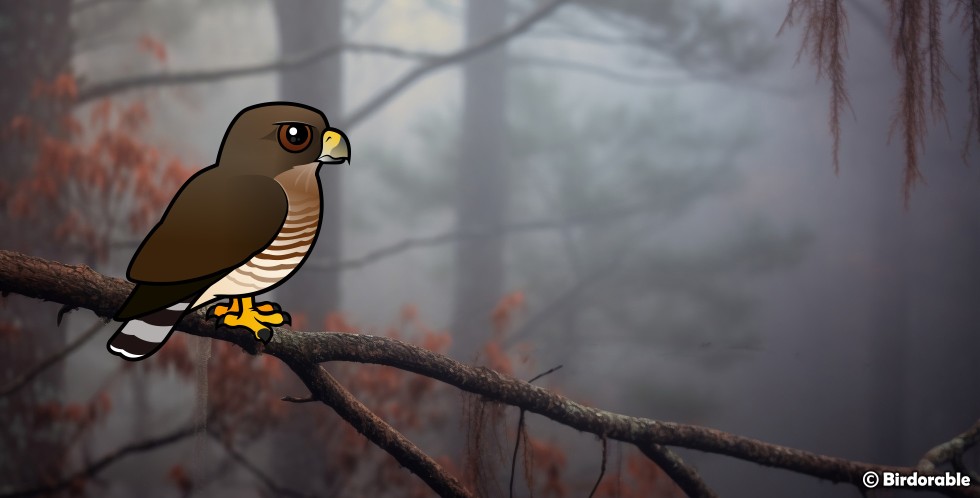
Broad-winged Hawk
Witnessing a kettle of Broad-winged Hawks is an unforgettable experience, offering a unique insight into the wonders of avian migration. These gatherings occur most notably during the spring and fall migrations, when the hawks are on the move to and from their breeding grounds. For birdwatchers and nature enthusiasts, observing a kettle is a highlight of the season, a moment where one can truly appreciate the marvels of bird migration and the natural instincts that guide these creatures across continents.
Have you ever had the chance to witness a kettle of hawks in the sky? It's an experience that connects us more deeply to the natural world, offering a glimpse into the incredible journeys that birds undertake each year. Whether you're a seasoned birdwatcher or someone who simply appreciates the beauty of nature, the sight of Broad-winged Hawks soaring together is a powerful reminder of the wonders that fly above us.





